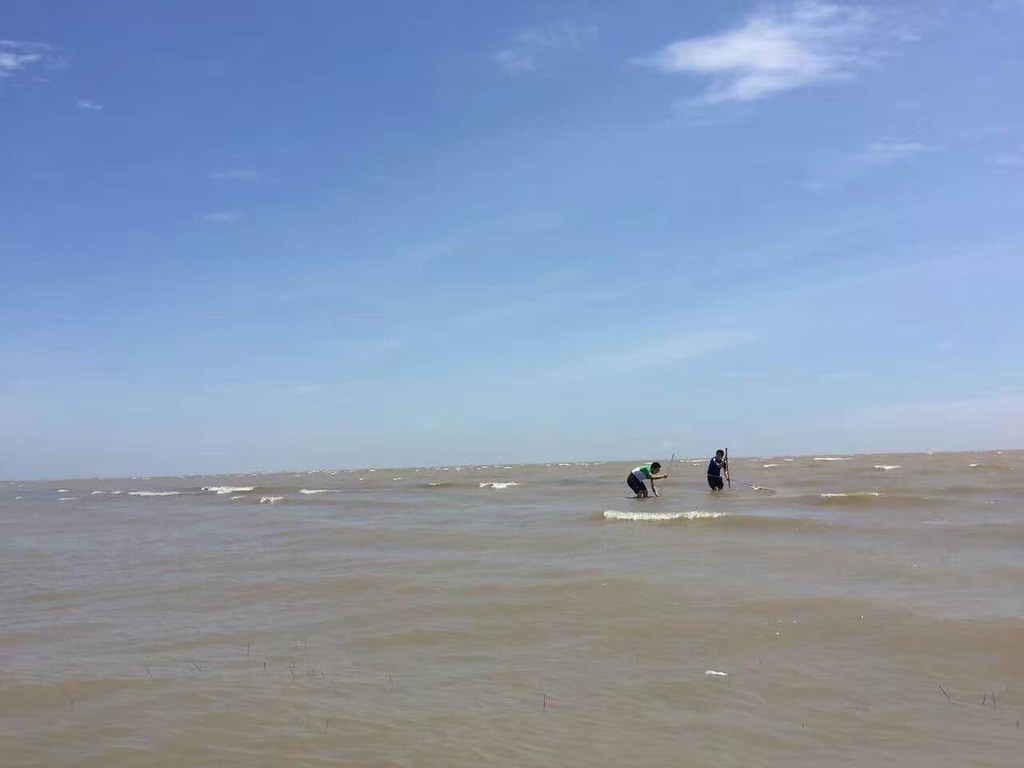Gut contents of larval fishes in surf zone of the Yangtze River Estuary
Introduction
Since 2003 in Zhong's lab, year-round larval fishes surveys have been conducted in the surf zone of Yangtze River Estuary. For these years, Coilia nasus, Pseudolaubuca sp. and Hemiculter sp. dominated the assemblage of larval fishes in south branch of Yangtze River Estuary. I always wondered how did these larval fishes co-exist in such shallow water body. Usually, limited space implies potential competition and restricted accessibility to food. According to Hjort's critical period hypothesis, accessibility and quality of food are essential in larval fishes survival. Hence, to obtain further understanding regarding the various processes in the early life history of fishes, I launched this survey to investigate the feeding habits of co-occurred larval fishes in the surf zone of Yangtze River estuary.

Field Work
This survey lasted from April to September 2016 in Chongming Dongtan Birds National Natural Reserve. Larval fishes were captured by a 4m*1m seine net with 1 mm mesh. Planktons were collected by a small plankton net(mesh size 0.1mm). During each field work, three duplicate larval fishes samples were all reserved by absolute ethanol, while two duplicate plankton samples were reserved by absolute ethanol and 5% formalin respectively. All samples were kept in an incubator filled up with ice packs before taken back to the lab.
Notes
YRef8-22, unidentified target
sample id: YRef 8-22 fish: Pseudolaubuca engraulis fish size: 10.2mm SL object description: size c.a. 1mm, with a membrane with snakeskin grain, cannot figure out whether it’s artificial or part of an organism....
Continue readingData
It seems we can’t find what you’re looking for. Perhaps searching can help.
